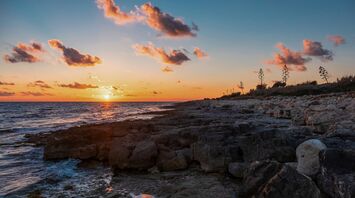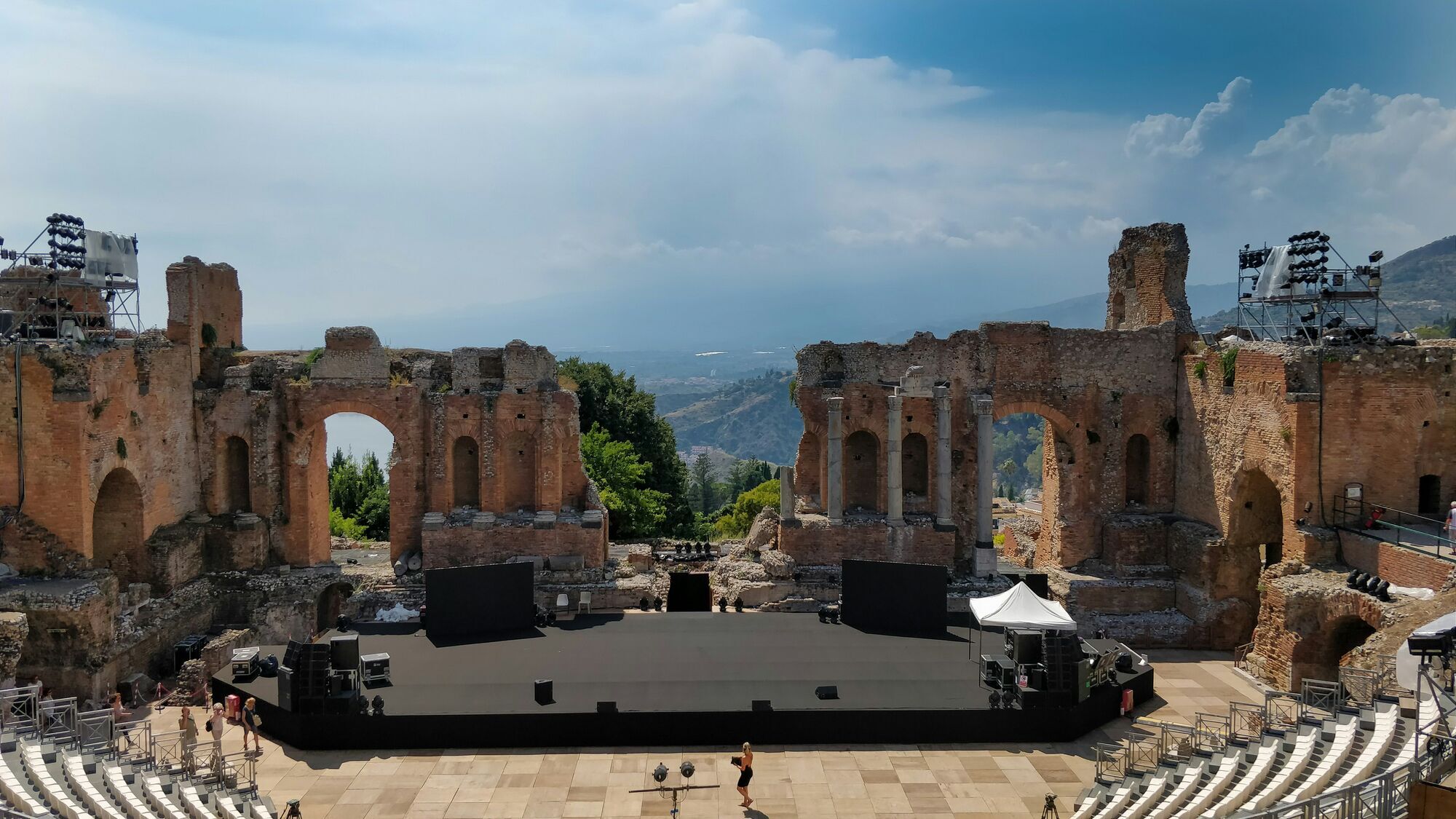Discovering Sicily: A Journey Through Italy’s Timeless Island

Sicily, the largest island in the Mediterranean, is a destination that captivates visitors with its remarkable fusion of history, culture, and nature. Positioned at the crossroads of ancient civilizations, Sicily has been shaped by the Greeks, Romans, Arabs, and Normans, leaving an indelible mark on its architecture, traditions, and cuisine. Today, the island stands as a living museum, brimming with iconic sights and hidden treasures that reflect its rich heritage. Here is a guide to exploring Sicily’s most unforgettable destinations, where the past and present are intricately intertwined.
The Valley of the Temples: Ancient Grandeur Amidst Rolling Hills
One of the most awe-inspiring sites in Sicily is the Valley of the Temples near Agrigento. This archaeological park, a UNESCO World Heritage Site, is home to some of the best-preserved Greek temples outside of Greece itself. The ruins date back to the 5th century BCE, a testament to the island’s ancient Greek origins. The site’s centerpiece is the Temple of Concordia, an extraordinary structure that has remained largely intact over the centuries. Strolling through this valley, visitors can feel the echoes of the classical world, surrounded by olive trees and the striking Sicilian landscape.
The Valley of the Temples is not only a marvel of ancient architecture but also a symbol of Sicily’s historical significance as a cultural melting pot. It stands as a reminder of the power and influence that ancient civilizations wielded over the island. Visiting at sunset, when the golden light bathes the temples, adds a magical dimension to the experience, making it a moment that lingers long after one departs.
Mount Etna: A Force of Nature and a Thriving Wine Region
Rising majestically over the island is Mount Etna, Europe’s tallest and most active volcano. Etna’s fiery activity has shaped not only the geography of Sicily but also its identity. For adventurous travelers, a visit to Mount Etna offers a unique opportunity to explore one of nature’s most powerful forces up close. Various guided tours take visitors up the slopes, where they can walk across ancient lava flows, visit craters, and witness the volcano’s ever-changing landscape.
Beyond its volcanic drama, Mount Etna also boasts another, perhaps less expected attraction: vineyards. The fertile volcanic soil around the mountain has made it one of Sicily’s prime wine-growing regions. The wines produced here, especially Etna Rosso, are renowned for their distinctive minerality and depth. Tasting these local wines, often paired with traditional Sicilian dishes, is a highlight for many visitors, offering a glimpse into how the island’s natural forces have influenced its agricultural bounty.
Palermo: Sicily’s Lively Capital of Contrasts
No visit to Sicily would be complete without spending time in Palermo, the island’s vibrant capital. Known for its eclectic mix of architectural styles, Palermo reflects centuries of conquests and cultural influences. From the grandeur of its Arab-Norman cathedrals to the opulent Baroque churches, every corner of the city tells a story of its past rulers and their legacies.
Among the must-see sites is the Palatine Chapel, a masterpiece of Norman architecture decorated with intricate mosaics that depict biblical scenes, blending Byzantine, Islamic, and Latin influences. Palermo’s bustling street markets, such as Ballarò and Vucciria, offer a sensory feast, where visitors can sample traditional Sicilian street food like arancini (rice balls), sfincione (Sicilian pizza), and panelle (chickpea fritters). Exploring Palermo is an immersion into the island’s soul, where ancient traditions coexist with modern life.
Taormina: A Timeless Cliffside Retreat
Perched high above the Ionian Sea, Taormina is a picturesque town that has long been a favorite retreat for travelers seeking both beauty and culture. With its stunning vistas, historic ruins, and charming medieval streets, Taormina offers a quintessential Sicilian experience. The crown jewel of the town is undoubtedly the Greek Theatre, a stunning amphitheater that dates back to the 3rd century BCE. Set against the backdrop of Mount Etna and the sparkling sea, the theater continues to host performances and festivals, bringing ancient history to life.

Beyond its historic sites, Taormina is also known for its upscale boutiques, cafes, and restaurants. Wandering through its narrow, winding streets, visitors can soak in the Mediterranean atmosphere, enjoy local gelato, or relax in the town’s many terraced gardens. For those looking for a more relaxed pace, nearby Isola Bella, a tiny island just off the coast, offers pristine beaches and clear waters perfect for swimming or snorkeling.
Syracuse: A Blend of Ancient and Baroque Splendor
Sicily’s eastern coast is home to Syracuse, a city that once rivaled Athens in terms of power and prestige during the ancient Greek era. Today, it remains one of the island’s most captivating destinations, known for its mix of ancient ruins and Baroque beauty. At the heart of Syracuse is Ortigia, a small island that forms the historic core of the city. Here, visitors can explore the magnificent Cathedral of Syracuse, which was built on the remains of an ancient Greek temple, blending both pagan and Christian elements in its architecture.
Just outside the city lies the Neapolis Archaeological Park, home to the impressive Greek Theatre of Syracuse, where ancient tragedies and comedies were once performed. The nearby Ear of Dionysius, a massive limestone cave, is another fascinating feature, named for its acoustics that amplify even the slightest sounds. Syracuse’s unique blend of history and modernity, set against the backdrop of the sea, makes it a destination that appeals to both history enthusiasts and those seeking coastal charm.
The Aeolian Islands: A Secluded Paradise
For travelers looking to escape the mainland and explore Sicily’s wilder side, the Aeolian Islands offer a tranquil retreat. This UNESCO-listed archipelago lies off Sicily’s northeastern coast and is known for its dramatic volcanic landscapes, crystal-clear waters, and relaxed pace of life. The islands each have their own distinct character, from the lively village life on Lipari to the rugged natural beauty of Stromboli, home to one of the world’s most active volcanoes.
Hiking to the summit of Stromboli to witness its regular eruptions is a once-in-a-lifetime experience for adventure seekers. Meanwhile, the island of Salina is renowned for its lush vineyards, where the local Malvasia wine is produced. The Aeolian Islands offer a chance to unwind and explore a more remote, untouched side of Sicily, away from the crowds of the mainland.



















